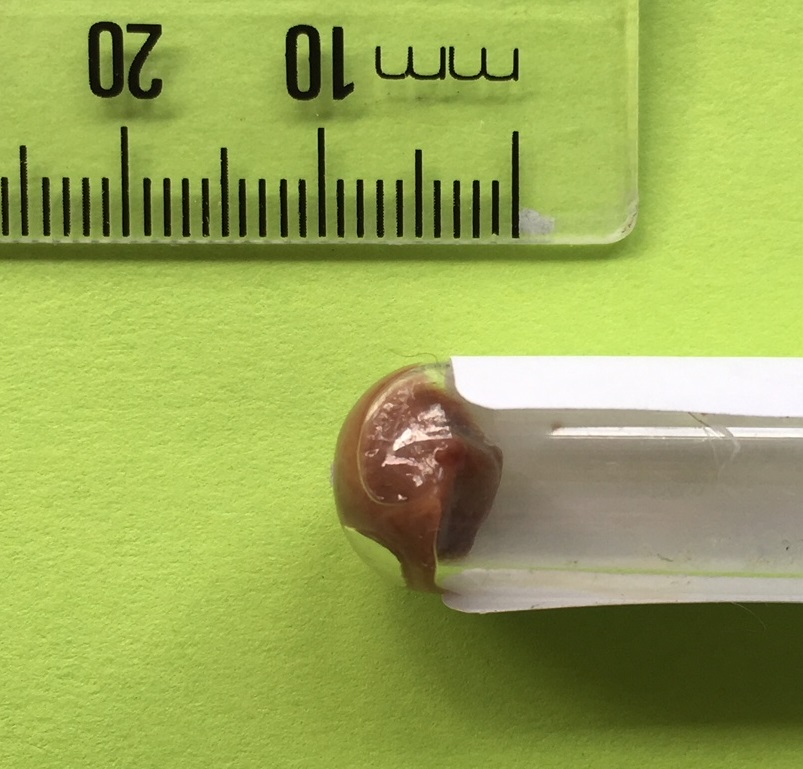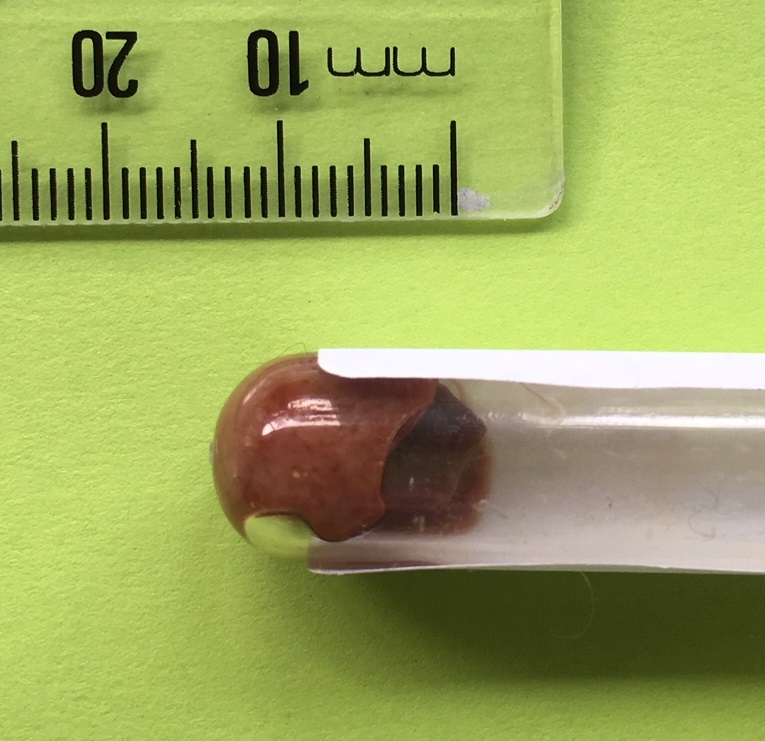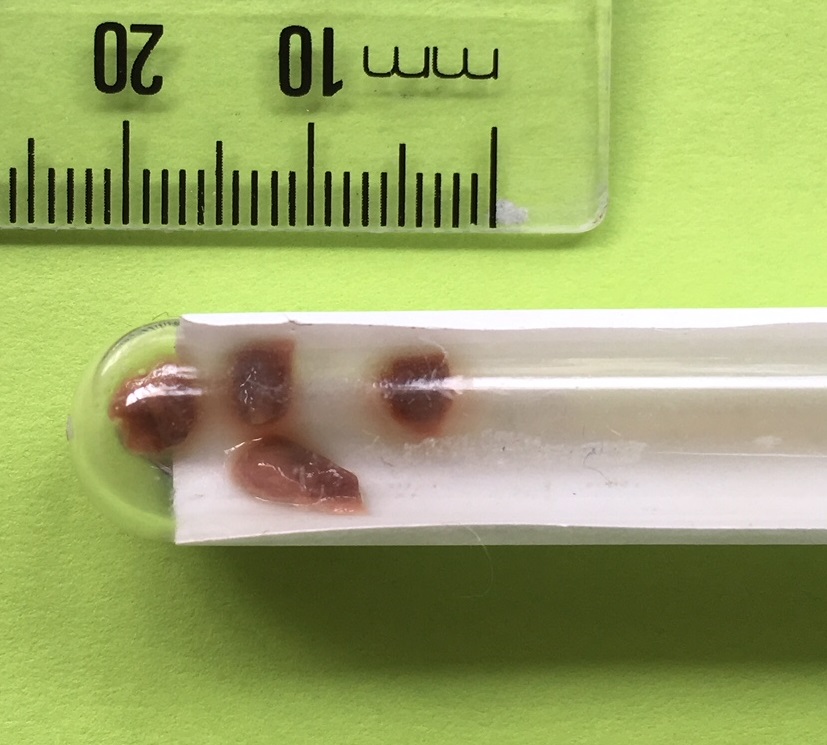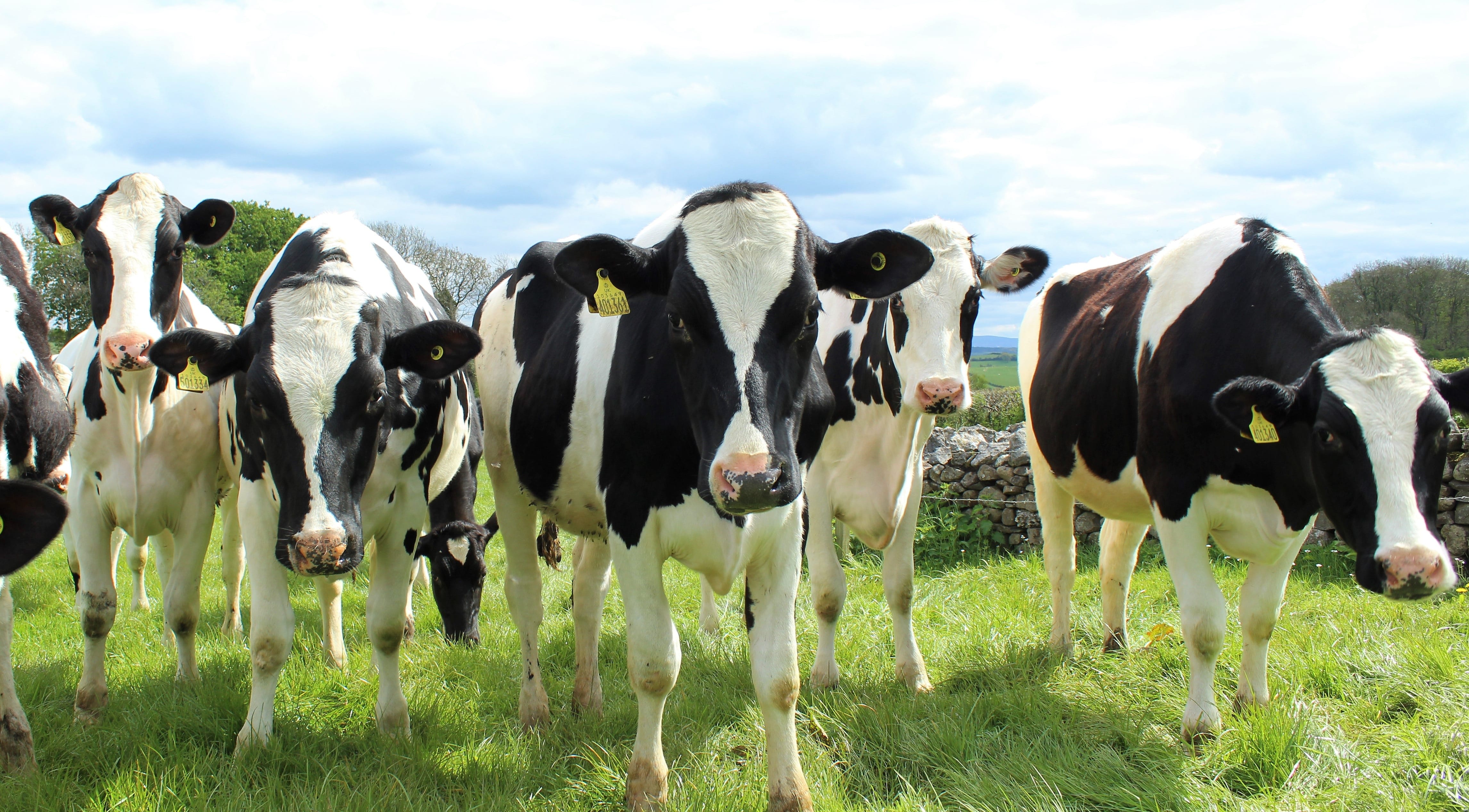Autumn is an important time for monitoring trace element levels in production animals. Awanui Veterinary offers testing for B12, copper, selenium and zinc trace elements from liver samples.
Why liver biopsy?
Liver biopsy performed by a veterinarian remains Awanui Veterinary’s sample of choice. Whilst obtaining liver samples at slaughter is convenient, liver biopsy has several advantages including:
- The veterinarian is on farm, so can assess the animals, discuss issues with the farmer, and select the animals to be sampled.
- Accurate animal identification at the time of sampling.
- No extra fees from the meat works for sample collection.
- Time from collection to analysis is typically faster with biopsy samples.
- Clear traceability of samples from collection to reporting.*
- Biopsies are the most convenient liver sample to handle in the laboratory.
*An important factor in our Quality Management System’s compliance with the international quality standard, ISO 17025.
Factors that can affect sample suitability
- Contamination of samples with other tissue types, e.g. adipose or connective tissue
- Presence of blood clots diluting the sample
- Sample desiccation in transport
- Insufficient sample size
Sample size:
If copper, selenium, B12 and zinc are all required, then 250-300 mg of tissue is sufficient.
Minimum sample size:

Optimal sample size:

Insufficient sample size:

Recommended sample numbers:
Copper ≥10
Selenium 5
Vitamin B12 5
Zinc 5
Sample storage:
Order our FREE biopsy kits today (50 x 4mL snap-top tubes, labels and sampling tips) and get it right every time.
YES = Vacutainer or snap-top tube
Ideal sample container
NO = Sample pottle / container
Excess air can lead to desiccation and sample concentration
NO = In saline
Absorbed saline can lead to sample dilution
If you have any questions or would like any further information, please refer to the MineralCheck trace element testing booklet or contact your local Awanui Veterinary laboratory or Territory Manager.

